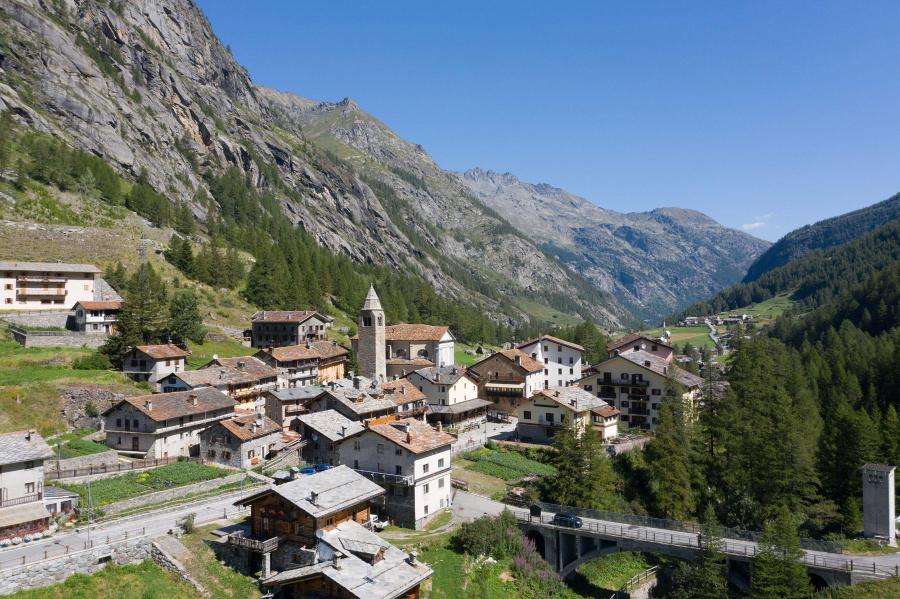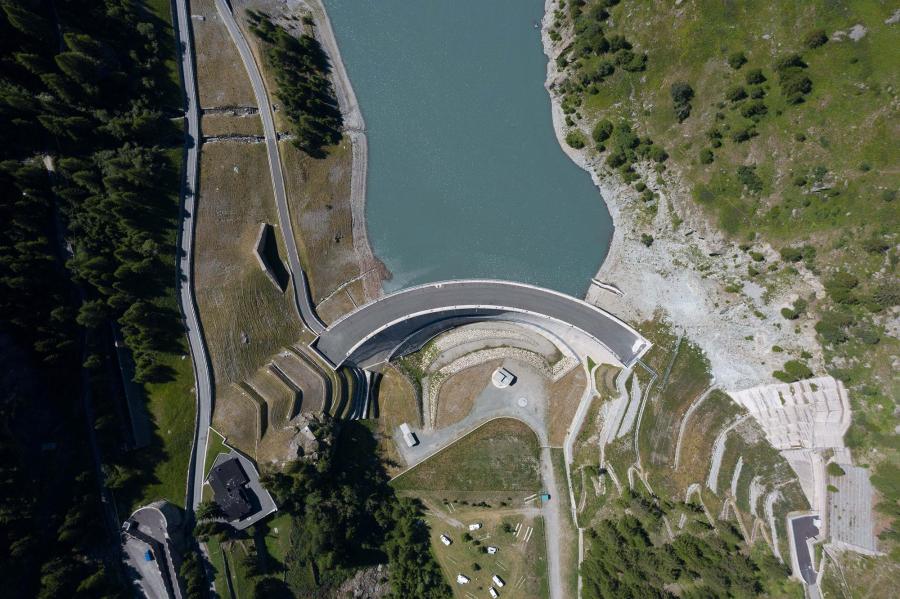According to the Roman historian Strabone, the Salassi people of the Aosta Valley in Italy’s mountainous Northwest, used the water of the valley for their lands and gold mines. This caused frequent quarrels, bloody guerrilla warfare and even provided the pretext for the Romans to invade the territory of the Salassi.
Over the centuries, from the feudal times, when the rights to use the water were granted by the emperor to the local lords, up to the modern system, when the municipal authorities became buyers of the water and forestry property, water has always played an outsized role in the fortunes of this autonomous mountain region. This is still true today, as the area’s rivers have been harnessed to help meet as much as 91% the region’s electricity needs, making it the Italian region with the largest share of gross final energy consumption covered by renewable sources.
Nestled amid the highest mountains in Europe, the Aosta Valley’s status as an autonomous region gives it a greater degree of control over local laws and funds than other Italian regions. In fact, control over local resources, including water, are a requirement of the region’s autonomy.

The emergency in Valgrisenche
The inhabitants of the Aosta Valley are no strangers to the challenges of managing water. Constructed in 1957 to create an enormous water reserve for hydroelectric power, the Beauregard dam in the town of Valgrisenche had a profound impact on the surrounding ecosystem. It displaced the population of the surrounding villages and submerged areas of local cultural heritage.
But the dam also represents a story of evolution and resilience. In 2011, the Aosta Valley’s energy company, Compagnia Valdostana delle Acque (CVA), secured a €200 million loan from the European Investment Bank to modernize existing dams and hydroelectric plants in the region and build new ones, as well as a state-of-the-art photovoltaic plant.
As part of the safety works, a large portion of the upper part of the Beauregard dam was removed between 2011 and 2015, reducing the visible height of the dam from 72 meters to 20 meters and restoring the local residents’ view over the valley. This helped restore the historical heritage of the territory.
The chief executive officer of the Compagnia Valdostana delle Acque, Giuseppe Argirò, says that the work on the dam demonstrates the company's commitment to sustainability and progress. Since its establishment in 2000, the company, one of the biggest electricity producers in Italy, has produced energy exclusively from renewables.

Giving the valley back to its people
Works like the downsizing of the Beauregard dam have also helped to restore local wildlife and encouraged the creation of new hiking trails lined with native plant species. Moreover, many of the water infrastructure sites, in particular the dams, have become important tourist attractions and a new source of income for the area, giving a boost to the local economy.
Furthermore, the abandoned historic villages tell the story of local culture, knowledge and traditions. They are already being studied with the idea to make them productive and usable “smart villages”.
